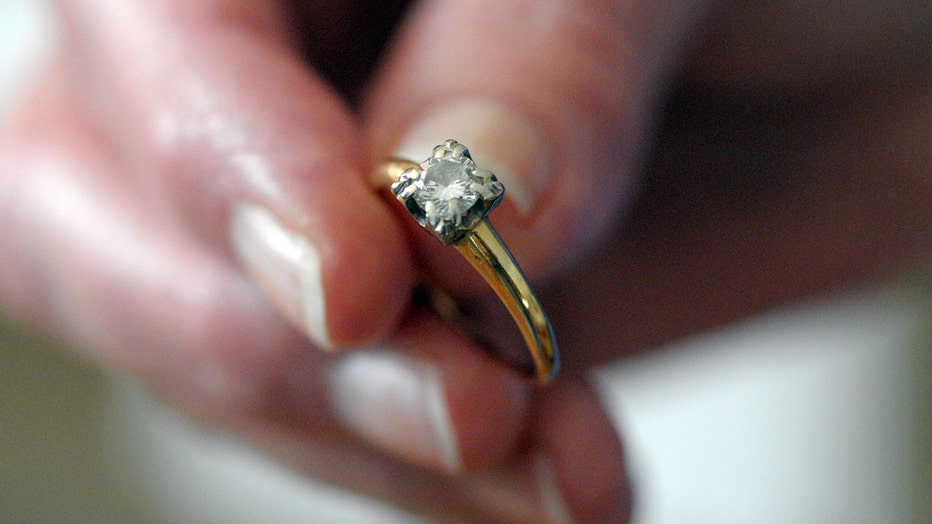US marriage rates may be dipping because of a shortage of financially stable men, study suggests

Broke men are limiting women’s marriage prospects, study suggests
Marriage rates in the United States have been steadily declining since 1960, and a new study published in the Journal of Marriage and Family suggests it may be due to a shortage of economically attractive partners.
LOS ANGELES - Marriage rates in the United States have been steadily declining since 1960, when the share of adults who were married peaked at 72 percent, with the most dramatic decrease beginning in the 1990s, according to census data that was analyzed by Pew Research Center in September of 2017. A new study published in the Journal of Marriage and Family suggests that it may be due to a shortage of economically attractive partners.
"Most American women hope to marry but current shortages of marriageable men — men with a stable job and a good income — make this increasingly difficult, especially in the current gig economy of unstable low-paying service jobs," said lead author Daniel T. Lichter, Ph.D., of Cornell University. "Marriage is still based on love, but it also is fundamentally an economic transaction. Many young men today have little to bring to the marriage bargain, especially as young women's educational levels on average now exceed their male suitors."
Researchers identified and analyzed recent marriages from two sets of cumulative five-year files from the American Community Survey, one set from 2008-2012 and the second from 2013-2017.
They then used the data to provide estimates of the sociodemographic characteristics of unmarried women’s potential spouses who resemble the husbands of comparable married women. In other words, the potential husbands were predicted to reflect the characteristics of the husbands of demographically similar women (i.e. race, education level, income, etc.).
Estimates were then compared with the actual number and distribution of unmarried men at the national, state and local levels to determine if there were imbalances in the marriage market.
Researchers found that women’s potential — and hypothetical — husbands would have an average income that is 58 percent higher than the actual unmarried men currently available to unmarried women. The hypothetical potential husbands were also estimated to be 30 percent more likely to be employed and 19 percent more likely to have a college degree.
In other words, what real unmarried men have to offer doesn’t match up to what unmarried women want.
Unmarried women with either low or high socioeconomic status, as well as racial and ethnic minorities, especially black women, were found to face the most significant shortage of potential marriage partners, the study suggests.
Marriage rates are more closely linked to socioeconomic status than ever before, according to Pew Research Center’s analysis of Census Bureau data which shows that the education gap in marital status has been widening.

A hand holds out a wedding ring. A new study suggests that financially unstable men may be hurting women's marriage prospects. (Jeff Willhelm/Charlotte Observer/Tribune News Service via Getty Images)
“In 2015, among adults ages 25 and older, 65% with a four-year college degree were married, compared with 55% of those with some college education and 50% among those with no education beyond high school. Twenty-five years earlier, the marriage rate was above 60% for each of these groups,” the analysis found.
The analysis also found that not being financially stable is a major reason given by 41 percent of never-married adults who would like to get married in the future as to why they have not already done so.
Never-married adults with family incomes below $75,000 are much more likely to cite a lack of financial security as a major reason they are not married. Forty-seven percent of never-married adults with an income below $30,000 and 40 percent of those with incomes in the range of $30,000 to $74,999 say financial insecurity keeps them from getting married, while only 21 percent of never-married adults who make more than $75,000 cite financial reasons for not being married.

